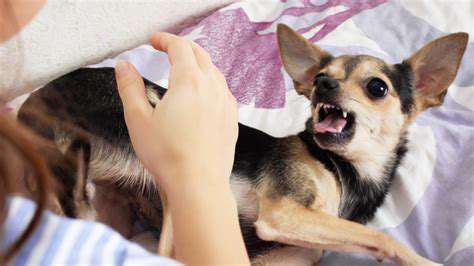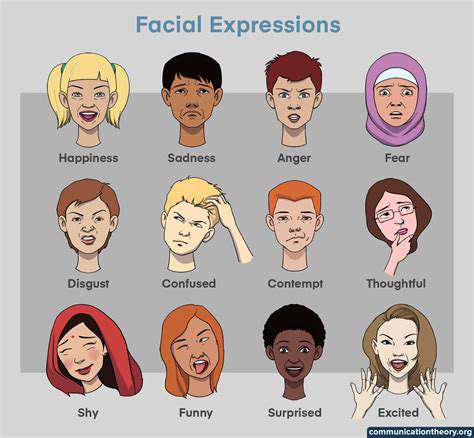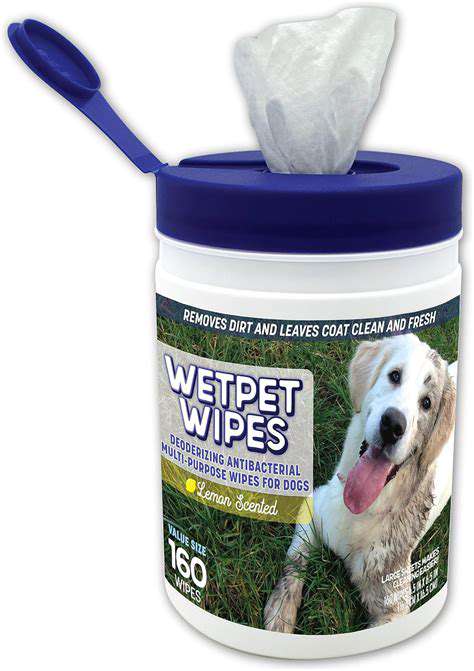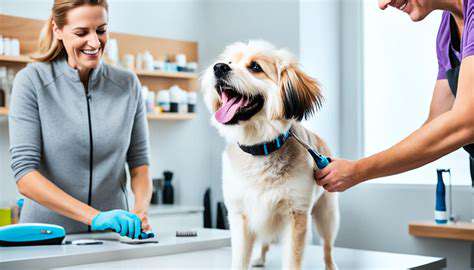How to Stop Your Dog From Nipping (Puppy & Adult)

Identifying Underlying Issues
Pinpointing why dogs nip demands a holistic approach, examining both behavioral and environmental triggers. The first step involves observing when and how the behavior occurs—during play, fear, or resource guarding. Noticing subtle cues like ear position, tail stiffness, or vocalizations often reveals the dog's emotional state. A professional trainer or veterinarian can help differentiate normal puppy behavior from problematic aggression.
External stressors like loud noises, unfamiliar people, or changes in routine frequently trigger nipping. Dogs may react defensively when overwhelmed. Recognizing these patterns is essential—what seems like random biting often follows predictable triggers. Keeping a behavior log helps identify recurring situations that provoke the behavior.
Evaluating Developmental Stages
Puppies explore the world through their mouths, much like human babies. Teething discomfort between 3-6 months often increases nipping. Providing appropriate chew toys soaked in broth and frozen can soothe sore gums. Adolescent dogs (6-18 months) may test boundaries; consistent training during this phase prevents persistent issues.
Senior dogs might nip due to cognitive decline or pain. A sudden behavior change in an older dog warrants veterinary attention to rule out medical causes like arthritis or dental problems.
Considering Environmental Triggers
Common household items can inadvertently encourage nipping. Flowing drapes, dangling shoelaces, or fast hand movements trigger prey drive in some breeds. Modifying the environment by removing these temptations significantly reduces unwanted mouthing. Using bitter apple spray on forbidden items teaches puppies appropriate chewing targets.
Overstimulation during play is another frequent cause. Watching for signs like dilated pupils, excessive panting, or zoomies helps owners recognize when to pause interaction before nipping escalates.
Assessing Training Gaps
Many owners unintentionally reinforce nipping by continuing play after gentle bites. The golden rule: all play stops immediately when teeth touch skin—every single time. This teaches bite inhibition more effectively than punishment. Yelling or physical corrections often increase excitement or fear, worsening the behavior.
Basic obedience training provides alternative behaviors. Teaching leave it and settle commands gives dogs constructive ways to manage impulses. Professional trainers recommend practicing these commands during low-distraction moments before gradually increasing difficulty.
Health and Nutritional Factors
Underlying health issues sometimes manifest as increased irritability. Allergies causing itchy skin, gastrointestinal discomfort, or hormonal imbalances may lower a dog's bite threshold. A sudden onset of nipping warrants veterinary examination to eliminate medical causes.
Diet plays a surprising role—some dogs react to artificial colors or preservatives with hyperactive behavior. Switching to limited-ingredient foods or adjusting feeding schedules sometimes yields noticeable behavioral improvements.
Playful Nipping: Managing Puppy Play and Preventing Escalation

Understanding Puppy Nipping
Puppy nipping follows natural developmental stages, peaking during teething phases. Breed tendencies matter—herding dogs often nip at heels, while retrievers tend to mouth gently. This isn't aggression but normal communication—puppies learn bite pressure through feedback from littermates. Orphaned or early-separated puppies often need extra guidance developing this skill.
The ouch test helps gauge appropriate pressure—a playful nip shouldn't break skin or leave marks. Puppies should respond to yelps by immediately releasing or licking. If they clamp down harder, intervention is needed.
Effective Redirection Techniques
Timing is everything when redirecting. The moment before teeth make contact is ideal for offering an approved chew toy. Carrying toys in pockets ensures instant access during teachable moments. Rotate toys weekly to maintain novelty—a bored puppy reverts to nipping.
Interactive feeders like Kongs stuffed with frozen kibble provide mental stimulation. Food-dispensing toys channel energy constructively, reducing the likelihood of nipping from boredom or excess energy.
Socialization Strategies
Controlled playdates with vaccinated, temperament-matched dogs teach bite inhibition better than human corrections. Well-socialized adult dogs give clear corrections when puppies nip too hard—a valuable learning experience. Puppy kindergarten classes provide safe environments for these interactions under professional supervision.
Introduce handling exercises early—gently touching paws, ears, and muzzle while offering treats prevents defensive nipping during grooming or vet exams later in life.
Consistency Across Households
Mixed messages confuse puppies. All family members must enforce the same rules—no allowing nipping during cuddles but punishing it during play. Create a household nipping protocol detailing exact responses to ensure uniformity. Even visitors should follow these guidelines to prevent setbacks.
Children often unintentionally provoke nipping through erratic movements. Teach kids to be a tree—standing still with arms folded when the puppy gets mouthy. This removes the reinforcement of movement that puppies find exciting.
Positive Reinforcement Methods
Mark and reward calm behavior frequently. When the puppy chooses to chew a toy instead of hands, immediately say yes! and offer a high-value treat. Catching and rewarding these good choices shapes behavior more effectively than punishing mistakes. Keep training sessions short (3-5 minutes) to match puppy attention spans.
For persistent cases, implement the reverse timeout technique—when nipping occurs, the person calmly leaves the room for 30 seconds. This teaches that nipping makes playtime disappear. Consistency with this method typically yields results within 1-2 weeks.
Read more about How to Stop Your Dog From Nipping (Puppy & Adult)
Hot Recommendations
- Review: [Specific Brand] Small Animal Cage
- Why Rescuing Pets Saves Lives
- Best Pet First Aid Kits [What to Include]
- How to Help Stray Animals in Your Community
- Guide to Adopting a Pet When You Have Kids
- Top Reptile Heat Lamps
- Heartwarming Rescue Stories That Will Inspire You
- Review: [Specific Brand] Bird Cage
- Best Aquarium Filters [2025 Review]
- Review: [Specific Brand] Smart Litter Box











